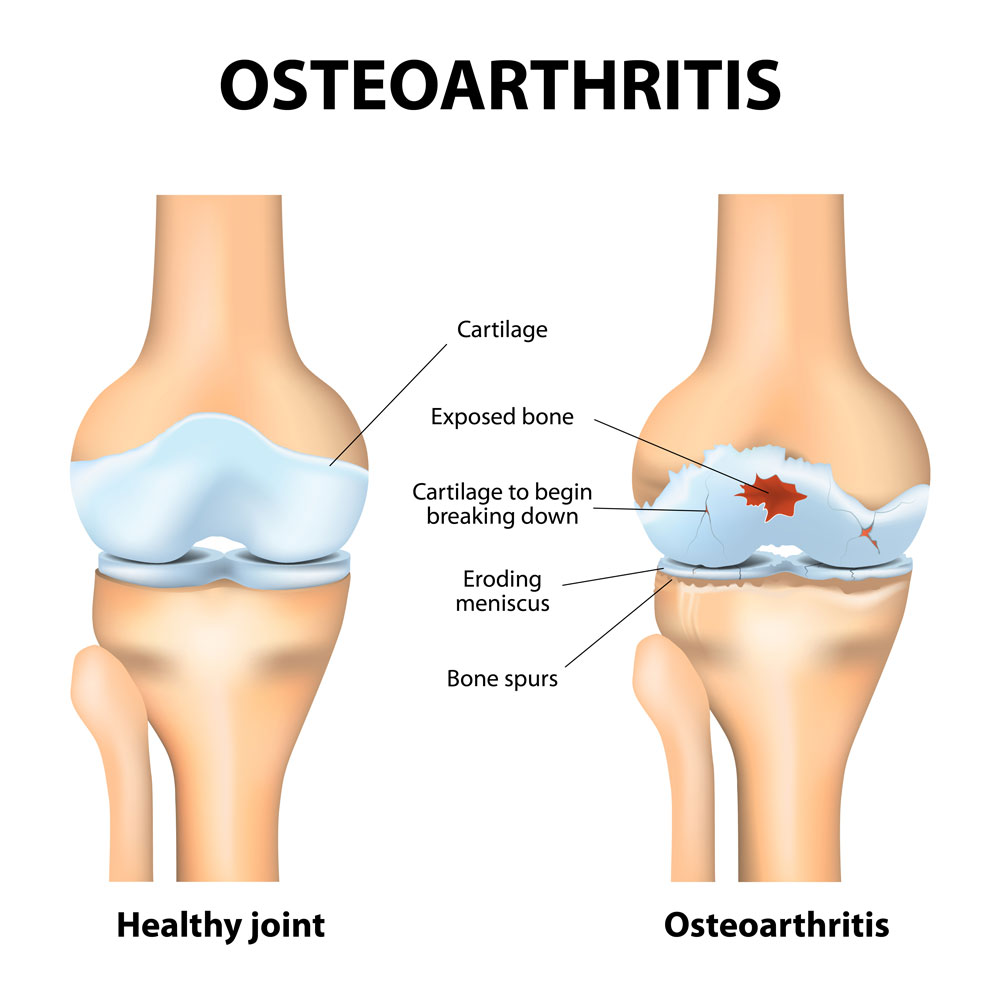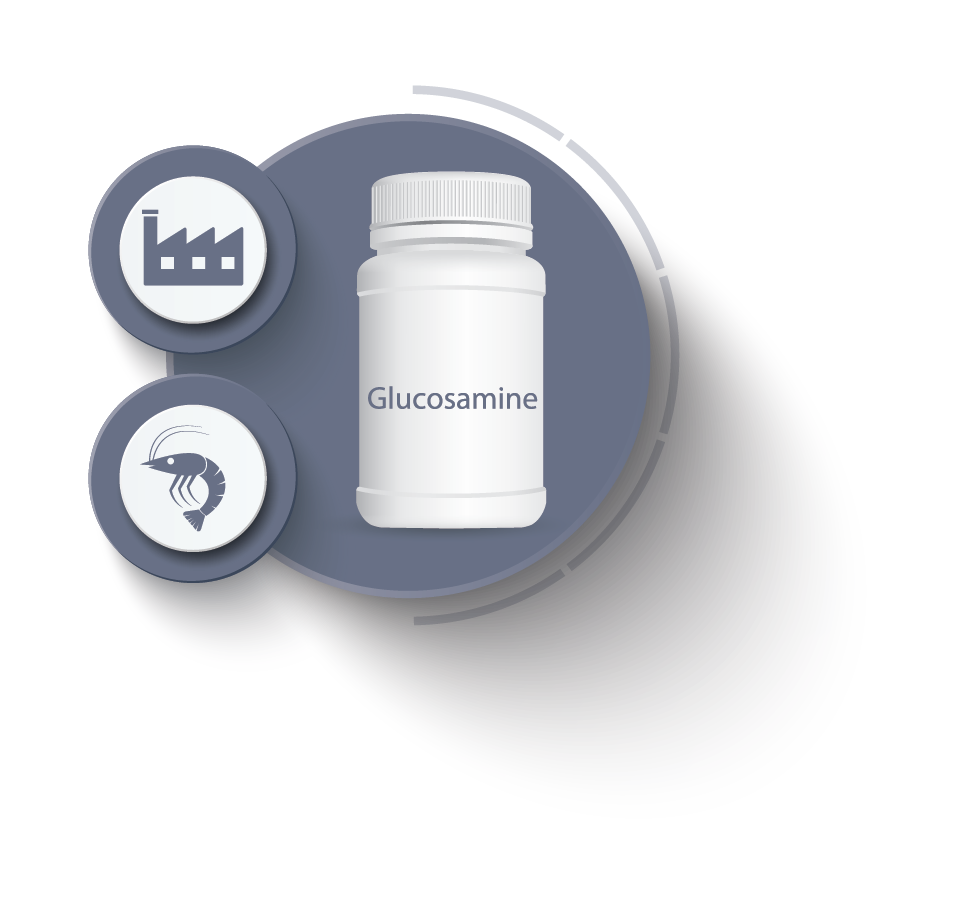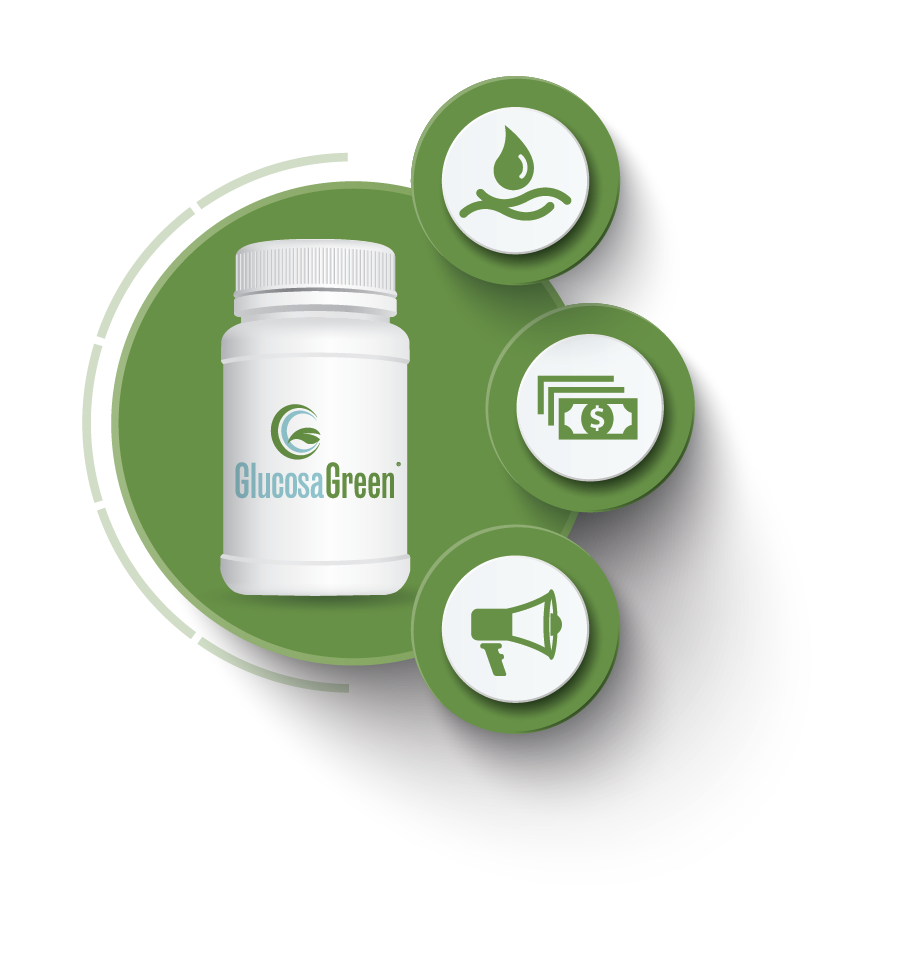GlucosaGreen® for joint health

Joints are essentially the intersection of two bones, allowing our bodies, and those of our pets, to move, bend, and twist. In addition to bones, joints are also comprised of cartilage, ligaments, and muscle. Both glucosamine and chondroitin are found naturally in your joints and are important to regular joint function.
Cartilage is the smooth, rubbery connective tissue that covers the ends of our bones and acts as a cushion for our joints, helping them move smoothly and easily. When force is applied to our joints, such as when running, cartilage helps prevent our bones from contacting each other.
Our joints are also surrounded by a joint capsule or synovium. This produces a substance called synovial fluid, which both nourishes and lubricates the joint. This same biology exists in dogs, cats, and horses. Thus, a breakdown in cartilage can cause joint pain and hinder mobility in both humans and our pets.
Maintaining Joint Health
After many years of movement and pressure, it’s common for cartilage to deteriorate which impairs the joints’ ability for smooth movement and shock absorption. This can often result in joint pain, and for some, osteoarthritis. Additionally, as we age our surrounding muscles which move the joint, and the bones themselves also deteriorate. This puts even more strain and pressure on joints.
Movement is an essential element for health, wellbeing, and quality of life. Maintaining good joint health is critical to healthy aging and maintaining vitality, independence, and pain-free movement. Joint health supplements can help mitigate these negative aspects and help promote overall health and wellness. Similarly, joint supplements for dogs (and other animals) can help promote lasting joint health.
WHAT IS GLUCOSAMINE?
Glucosamine is naturally produced in the body and is a vital building block of cartilage. It is also found in synovial fluid and plays a key role in stimulating the production of proteoglycans. Proteoglycans allow cartilage to attract and retain water which is essential for maintaining lubrication and joint integrity.
As people and animals age, natural glucosamine levels fall, which can lead to joint degeneration. Consequently, glucosamine supplements are one of the world’s most popular supplements for healthy joints. It is available in different forms, with the most common being glucosamine sulfate and glucosamine hydrochloride.

Environmentally Sustainable Glucosamine
Stricter environmental protection policies worldwide have impacted many industries, challenging smaller- and medium-sized factories to keep up with the cost of compliance. Glucosamine production is a typical example of one of the industries impacted by these trends. While this focus on the environment is a positive step toward a more sustainable global future, it has the long-term effect of leaving many industries facing heavy price increases and uncertain, fragmented, and unreliable supply chains.
GlucosaGreen® is a form of plant-based glucosamine that is derived from a readily available, vegetable source. With environmentally-friendly manufacturing methods, consumers and brand partners can be reassured of a stable, high-quality supply of glucosamine. Glucosamine without shellfish also allows those practicing a vegan or vegetarian diet to enjoy the benefits of glucosamine supplements for joint health.

GlucosaGreen® FOR JOINT HEALTH – RESEARCH*
ARE GLUCOSAMINE SUPPLEMENTS SAFE?
Glucosamine is a compound that is naturally found in the body, but over time, the body loses the ability to maintain enough glucosamine to properly lubricate joint cartilage. Glucosamine supplementation is an easy and natural way to replace this compound and alleviate the effects of this loss.
As one of the most commonly used dietary supplements in the world, there are many scientific trials that have evaluated its efficacy and safety. Overall (with side effects similar to those of placebos) glucosamine compared favorably to ibuprofen for long-term reduction of osteoarthritis pain and its benefits have been highlighted by chiropractors for years.
Glucosamine is supplied in different forms: glucosamine sulfate, hydrochloride, or N-acetyl. Studies show that while all forms of glucosamine are effective, glucosamine hydrochloride and glucosamine sulfate are the most effective. The majority of glucosamine studies recommend a daily dose of 1500mg.
WHAT ARE THE BENEFITS OF GLUCOSAMINE SUPPLEMENTS?
Beyond pain and symptom relief, the effects of glucosamine on progression and joint structure changes have also been evaluated. Multiple randomized, double-blind, placebo-controlled trials demonstrate that long-term treatment with glucosamine sulfate is a safe and effective treatment in osteoarthritis, impairing disease progression, and positively altering joint structure. Research also confirms glucosamine to be very safe and well-tolerated comparable to placebo. And with the introduction of GlucosaGreen®, this treatment option can be used by those with a shellfish allergy.
Beyond the well-documented studies on glucosamine supplements for joint pain, the medical community continues to study this versatile compound for other benefits. One recent study shows that glucosamine can help reduce lung injury during radiation treatment for cancer patients. Identifying this compound as a potential treatment available to doctors to prevent this type of injury.

PROTECTING JOINTS – AND THE PLANET
36 % of people taking health supplements use glucosamine supplements
80% of people taking glucosamine supplements recognize its benefits
Sustainability is more important to people taking glucosamine supplements than to supplement users in general
49% of people who regularly use glucosamine are influenced by sustainability concerns
40% of people who take glucosamine supplements regularly don’t know how it is sourced, and/or processed
There is a strong correlation between health supplement knowledge
and usage. The GlucosaGreen® education platform gives people the information they need to be well informed
Harm to the environment
Harm to animals


Once consumers are aware of the damaging impact shellfish-based glucosamine has on the environment, they overwhelmingly prefer to use the more sustainable supplement option
Reference: Trust Transparency Center. (2019). 2019 2nd annual Trust Transparency Center Single Ingredient Association Consumer Survey
GlucosaGreen® gives brands a powerful differentiator in a crowded market that better aligns with consumer preferences
Consumers are willing to pay a premium for sustainably sourced glucosamine
GlucosaGreen®
Advantages
GlucosaGreen® is the environmentally-friendly glucosamine
Produced from non-GMO corn using our unique fermentation technology
Generates just 2% waste, compared to shellfish processing
VEGAN GLUCOSAMINE – NO ANIMAL PRODUCTS USED
Glucosamine for Joint Health
Who is it for?
Human Health
- People who want to maintain active and healthy lifestyles as they age
- Environmentally conscious individuals who appreciate the environmental benefits of glucosamine made from corn
- Individuals who want to maintain or improve joint health, avoiding the possible need for physical therapy in the future
- Anyone suffering from a health condition such as osteoarthritis and degenerative joint disease seeking pain relief
- People who want to use health supplements to keep their joints healthy but practice a kosher diet as well as those with allergies who don’t want to suffer an allergic reaction to shellfish
Animal Health
- A pet health supplement for individuals who have in mind both their pet’s health and well as the health of the planet
- Joint care for dogs and other companion animals to keep them active and healthy
- Reduce the potential for animal joint pain and maximize performance in horses
- Glucosamine for dogs, cats, and horses helps pets suffering from osteoarthritis and degenerative joint disease
Still have questions?
